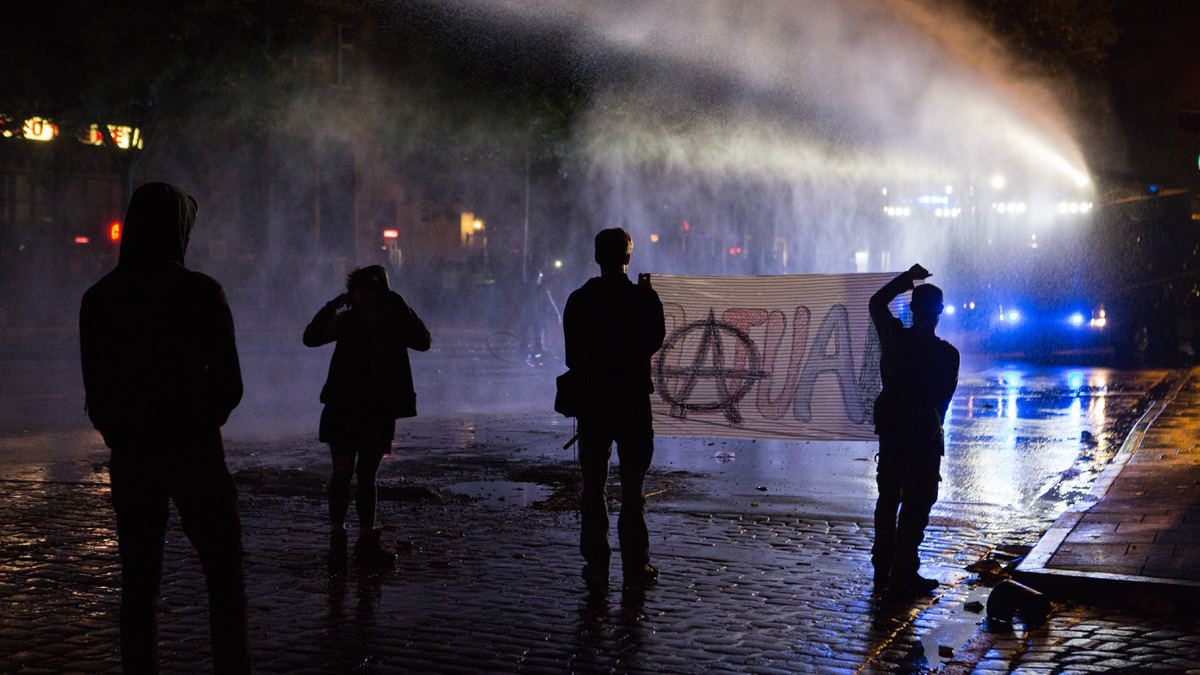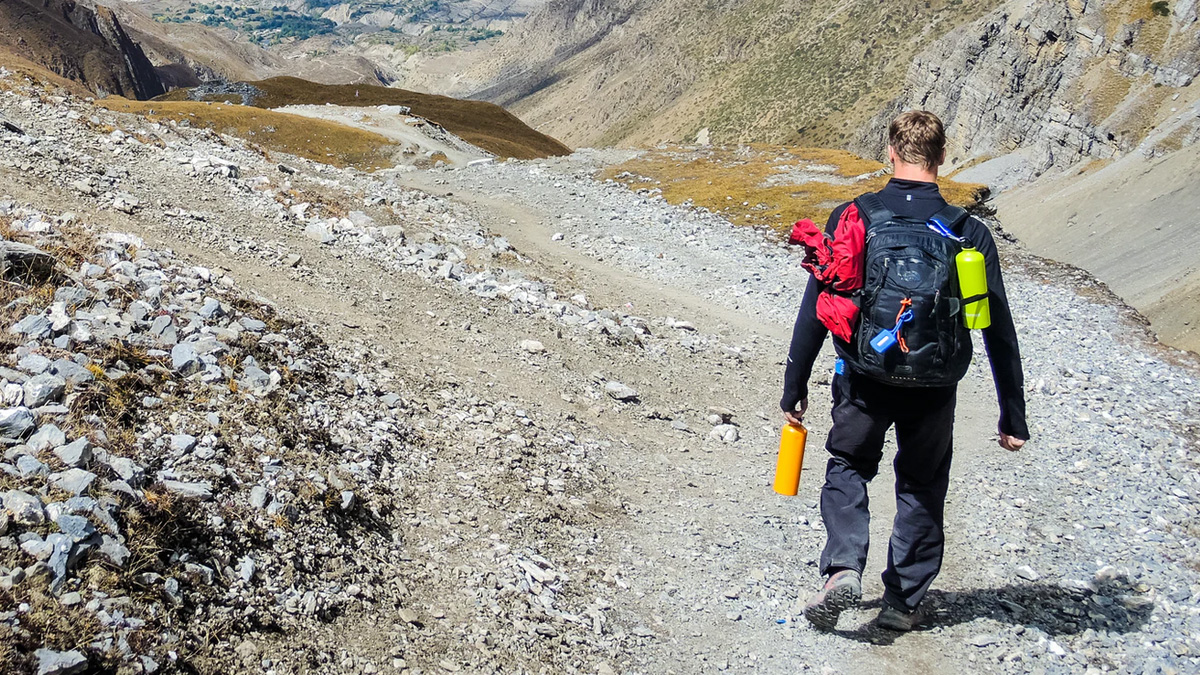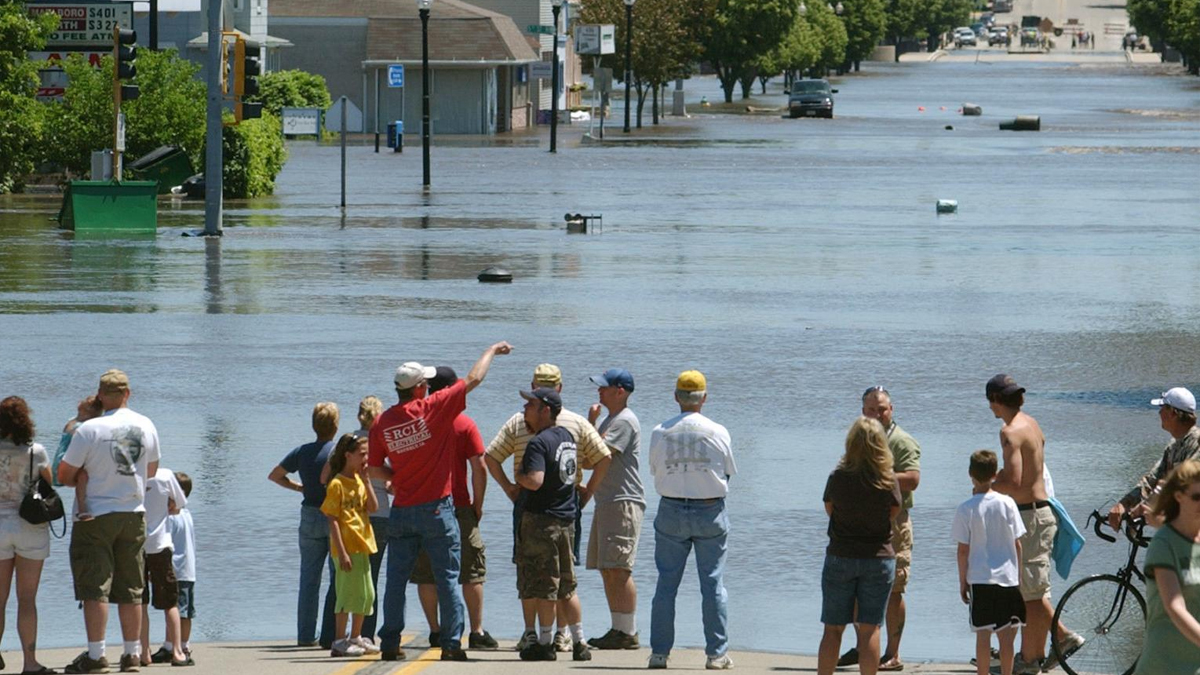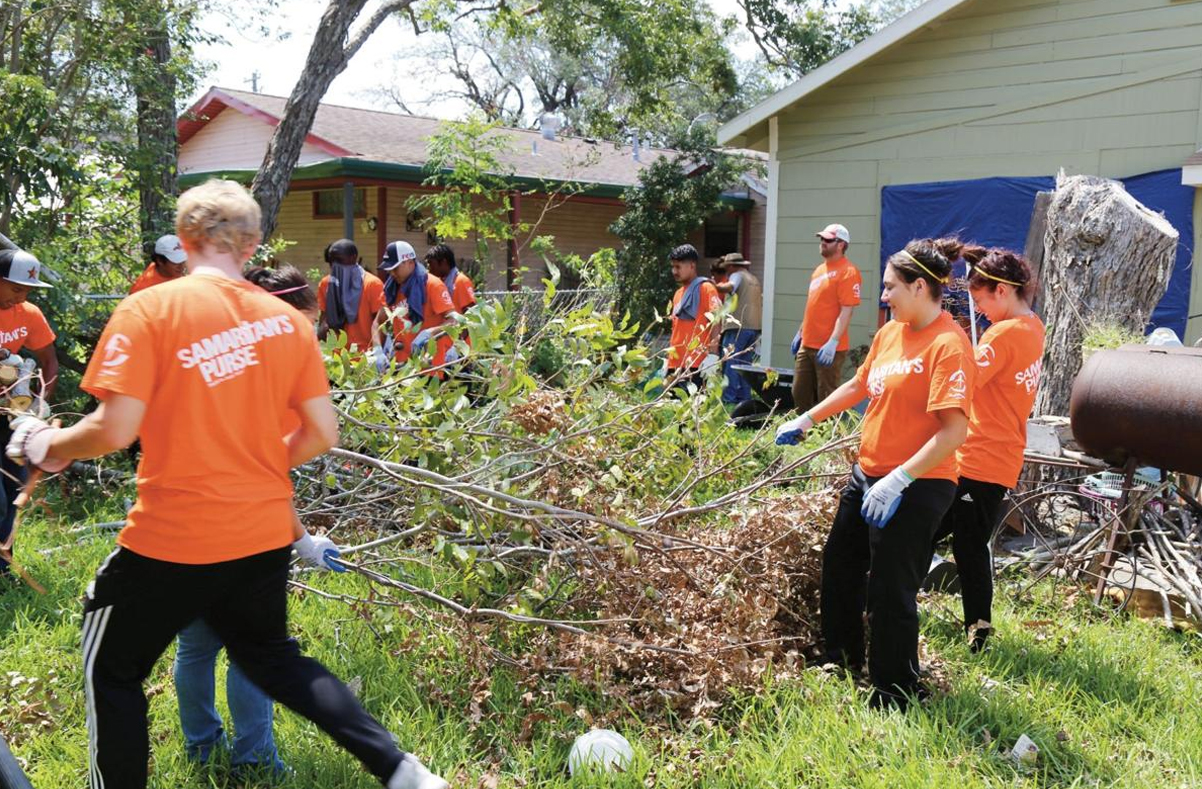on
Regardless of your personal opinions, political stances, and
beliefs about these issues; we can all agree that the threat of civil unrest is
on the rise.
Civil unrest involves a disruption of the typical social order; it can involve
a strike or protest, and it can be peaceful or involve violence. Both riots and
rebellions are forms of civil unrest. Civil unrest often occurs when a group
strives to gain attention for something, they feel is unjust.
Riots are characterized by unruly mobs, often engaging in violence and mayhem. These can evolve out of “civil unrest” but they can also occur when something positive happens. For example, when a popular sports team WINS, fans storm the streets in celebration. The built-up energy (and assistance from alcoholic beverages) erupts into a riot. It’s this illogical and unpredictable nature of riots that make them so hard to prepare for.
Riots are illogical, they are often spontaneous, they build momentum and take on a life of their own.
People flock to the streets, surrounded by other like-minded humans. They feed energy between themselves and those surrounding them.
All it takes is for one frustrated person to take the first
“shot across the bow”. To throw a bottle, light a fire, puncture a tire. Once
they get away with this minor infraction, the group thinks they can get away
with it too. Escalation quickly follows if there are no countermeasures.
While civil unrest may start with people who genuinely believe in the cause,
some are paid to create disruption and incite riots. Others see the unrest as an opportunity to
commit crime with little consequences.
Preparation for civil unrest
and rioting
1. Maintaining active
situational awareness will help keep you safe. One of the best ways to improve
your situational awareness is through information.
- So, take a look at the local news regularly. Keep an eye out for stories about possible demonstrations, or anticipated problems in areas you may be going.
- If you’re traveling to unfamiliar areas set up keyword email feeds focused on the area, town, or city. They’ll alert you with an email when a news story containing your keyword is published.
- Next, listen to what people are discussing. Are they ticked off and fired up to cause trouble?
- What about their body language? Do you get the impression they are preparing for a fight?
- Is your gut telling you there is going to be trouble? If so, listen to it!
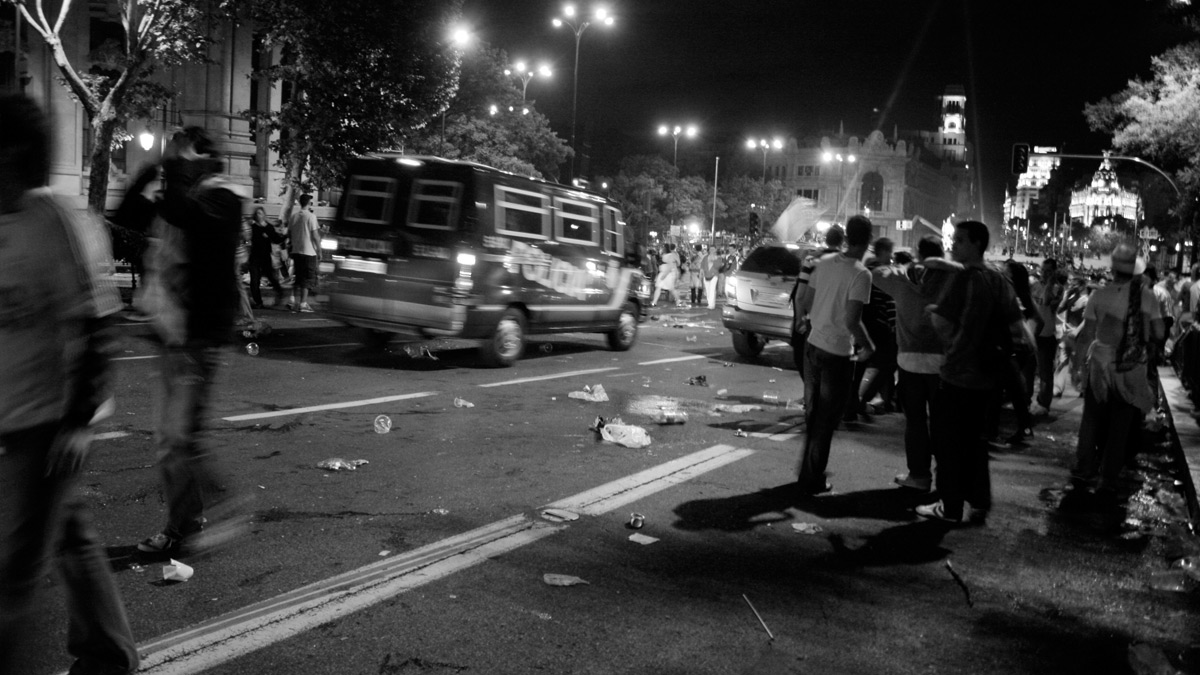
2. Have an idea in your brain of what you will do if something happens. By thinking ahead, and considering potential scenarios along with possible responses, you will be ahead of the game if something happens.
- Plan your egress routes out of the area ahead of time. Know safe havens such as a hospital, public buildings, etc.
- Ensure you have money for transportation should you be separated from your car. Set up pre-designated meeting points in the event you lose your family or friends.
- Think about the situation and find ways to avoid it. When you do, you’ll be ready for more possibilities.
- Carefully consider your Every Day Carry – those items you carry on your person every single day. Think of the things you can hang on your key chain such as a small first aid kit, pen knife, flashlight etc.
3. Explore your neighborhood. If angry protesters are standing between you and your home, you’ll be glad you took the time to learn the alleys and back streets of your town or city. With this knowledge, you’ll be able to quickly get home by taking an alternate route.
- The best way to get to know your town is to explore it. Make it a point of always taking a different route home.
- If you can, see how long it takes you to do so. Even better, try and memorize some of the street names so you know you’re on the right track.
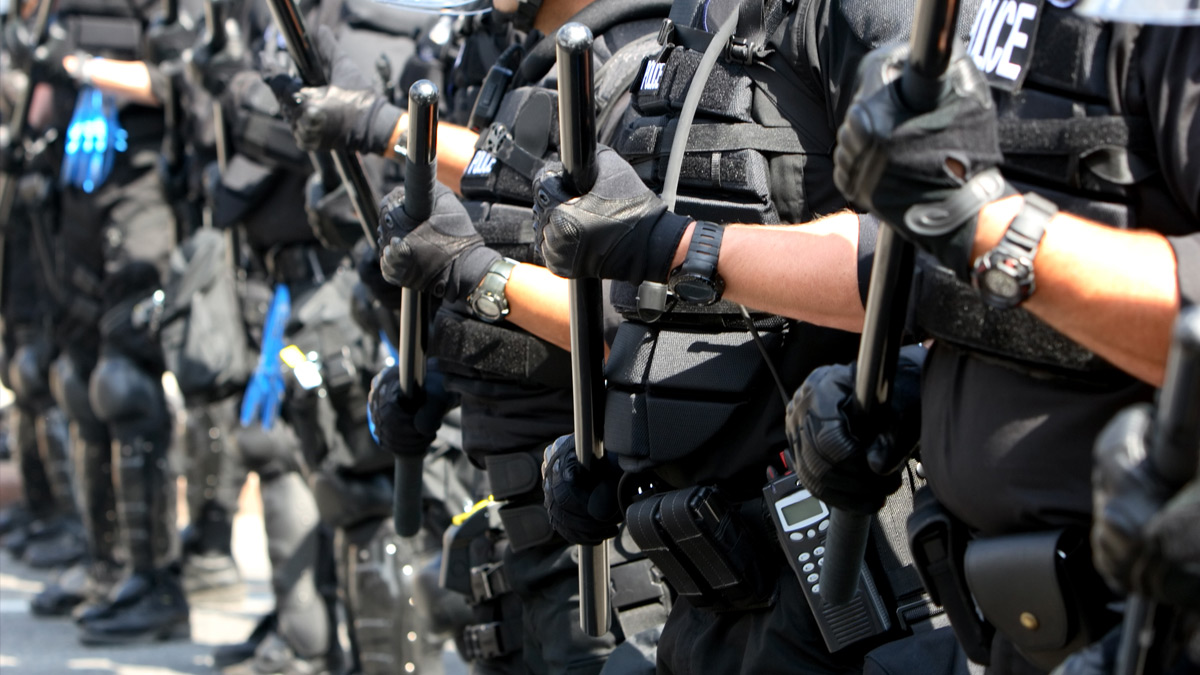
What do if you are caught in a riot
As in any bad situation, one of the keys to your safety is to remain calm. This is not a time to become emotional. It’s a time for confident decision making, followed by swift action based upon those decisions. You will also need to remain observant and adaptable to the developing situation.
- If you find yourself caught up in a protest or riot keep to the edge of the crowd where it is safest. Try not to be identified as one of the demonstrators by keeping well away from the leaders/agitators
- At the first opportunity break away and seek refuge in a nearby building, or find a suitable doorway or alley and stay there until the crowd passes
- When leaving the fringe of the demonstration just walk away – don’t run as this will draw attention to you
- If you are caught up in the crowd, stay clear of glass shop fronts, stay on your feet and move with the flow
- If you are swept along in the crush, create a space for yourself by grasping your wrists and bracing your elbows away from your sides; bend over slightly – this should allow you breathing room
- If pushed to the ground, try to get against a wall and roll yourself into a tight ball and cover your head with your hands until the crowd passes
- If shooting breaks out, drop to the ground and cover your head and neck, and lie as flat as you can.
- If you are in your car, do not try to drive trough the crowd. Turn down a side street, back up or turn around and drive away calmly.
- If you are unable to drive away, park and lock it and leave it. Attempt to blend in to the crowd until you can work your way away safely.
- If you cannot exit your vehicle, lock the doors, keep windows rolled up and try to remain calm. Do no show hostility or anger.
So in summary, surviving a riot comes down to these basic actions:
- Avoid them in the first place
- Don’t let curiosity get the best of you
- Practice your situational awareness skills
- Always keep your everyday carry gear with you
- If with companions stick together – safety in numbers
- If caught in the middle, move away from the violence with the least amount of attention as possible
- Get to know your neighborhoods and potential escape routes
Get access to premium content and more!



